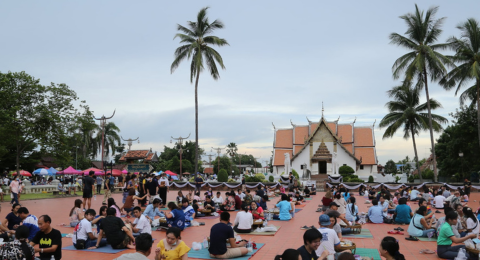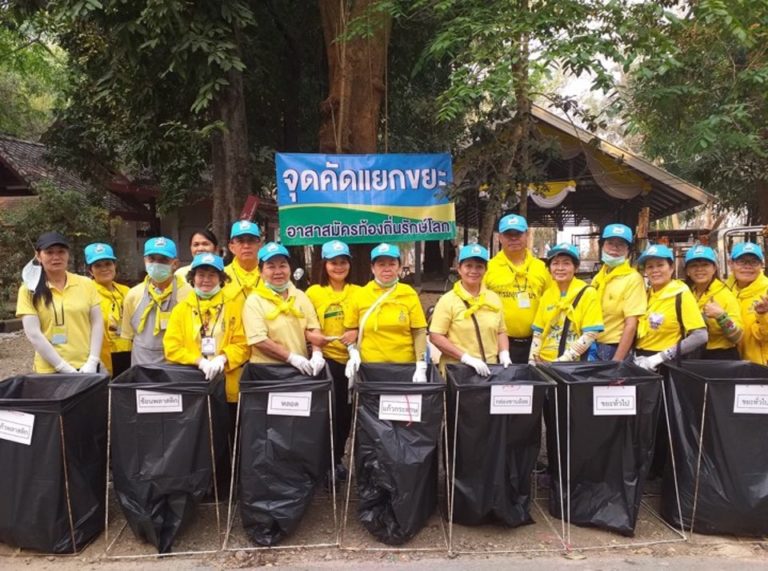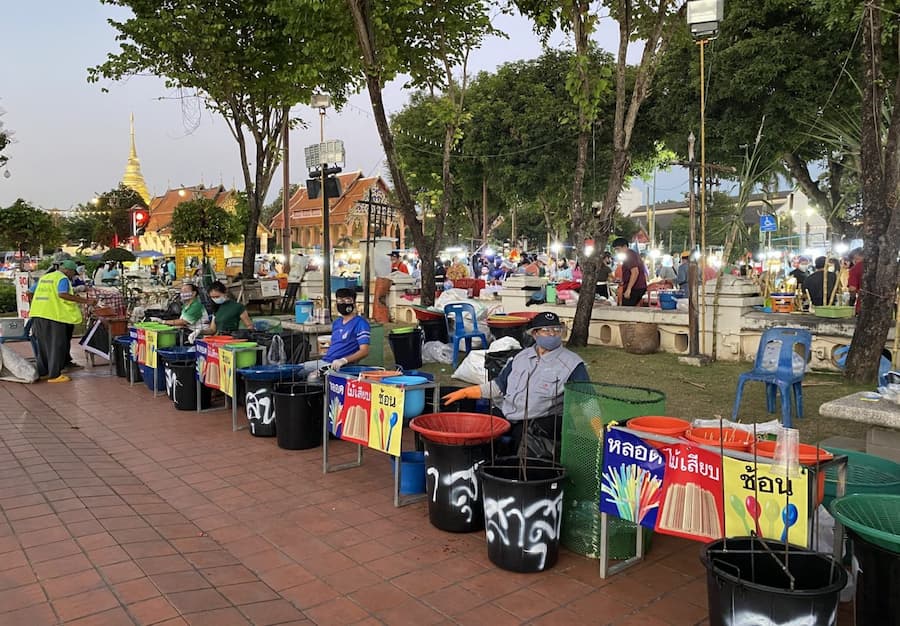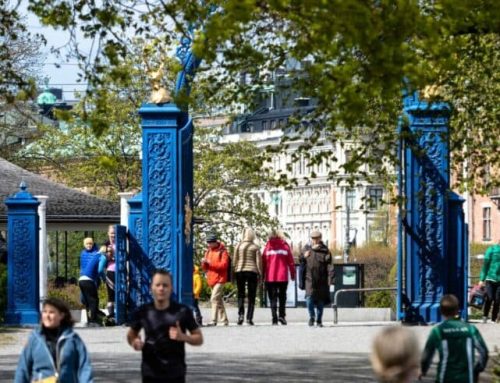Destination Stewardship Report – Autumn 2023 (Volume 4, Issue 2)
This post is from the Destination Stewardship Report (Autumn 2023, Volume 4, Issue 2), a publication that provides practical information and insights useful to anyone whose work or interests involve improving destination stewardship in a post-pandemic world.

A Historic Thai City Finds Ways to Solve Tourist Waste
Another winner from the Top 100 – Every year, Green Destinations organizes the Top 100 Destination Sustainability Stories competition, which invites submissions from around the world – a vetted collection of stories spotlighting local and regional destinations that are making progress toward sustainable management of tourism and its impacts. From the winners announced this year, we’ve selected two more stories, this one from Thailand, that showcase the importance of engaging all stakeholder groups within a destination. Synopses by Ailin Fei. Top 100 submission by Mrs. Suparada Karndissayakul, Managing Director of DASTA 6.
Nan’s overtaxed historic center engages the elderly to clean up after visitors

Local volunteers stand ready to improve the waste management in Nan Old City. [Photo courtesy of Green Destinations]
To improve recycling and reduce pollution, the municipality categorized waste into 9 types with designated separation points and engaged local volunteers to assist visitors. The municipality recognized the value of involving elderly volunteers in waste separation and provided them an opportunity to earn a modest income while promoting sustainable waste management. Given their strong community ties, available free time, and potential income need, the elderly provide a cost-effective and sustainable solution to support waste management efforts. This approach contributes to waste reduction and enhances the stability of the elderly population without the need for a costly new waste management system. The municipality sustains compensation for their efforts through a fund established from recyclable waste sales and stall rental fees. The fund is used to improve waste separation equipment, directly support the program, and address local needs like scholarships for underprivileged children.
The municipality’s report shows that waste separation practices significantly reduced daily residual waste from 1-1.5 tons to around 0.2 tons in Nan Old City. Nan’s success in waste management serves as a model for other local organizations in Thailand and highlights the importance of efficient waste management in small cities.

Bins are marked for different types of waste, as locals contribute to the waste separation process. [Photo courtesy of Green Destinations]




